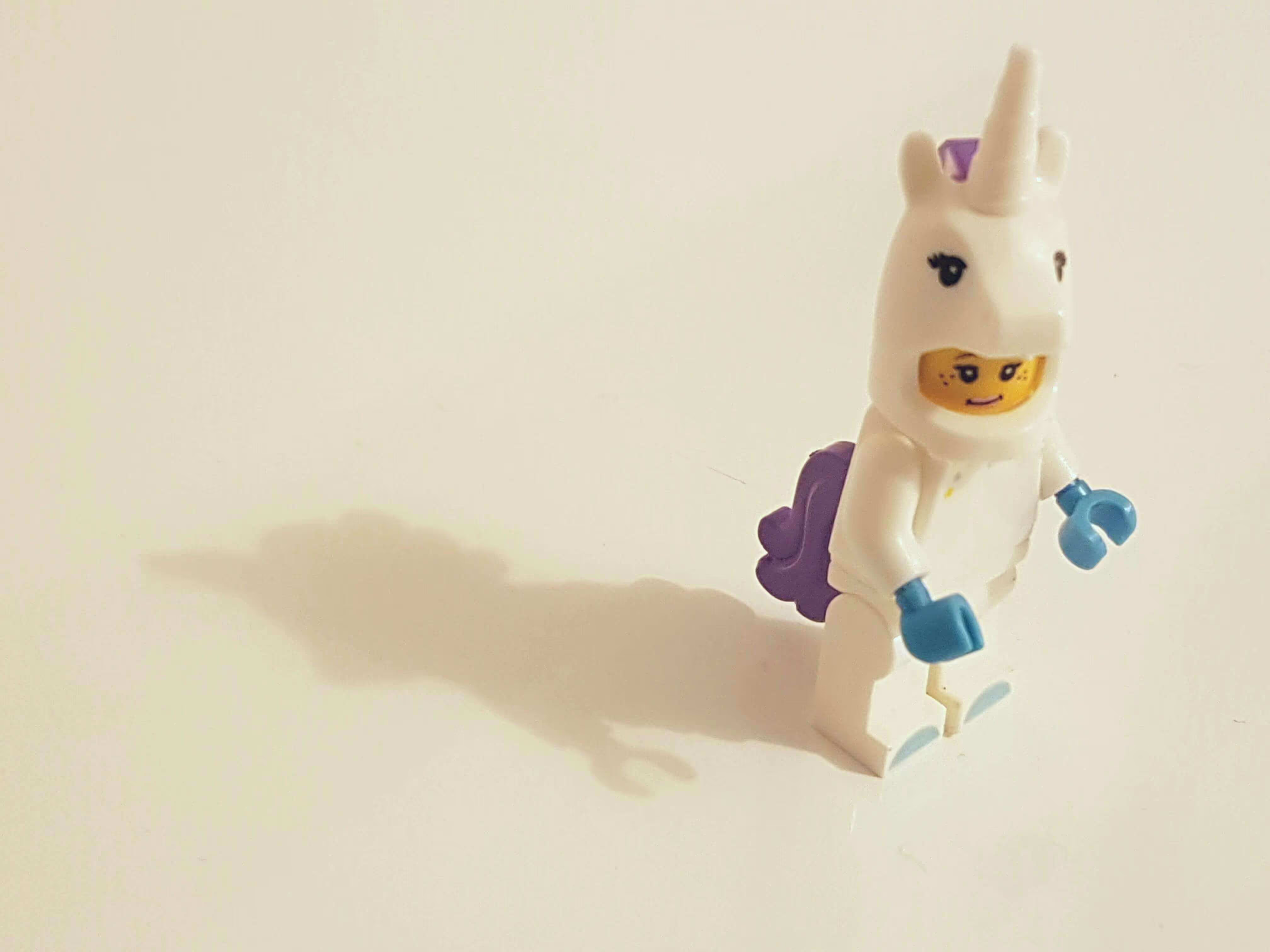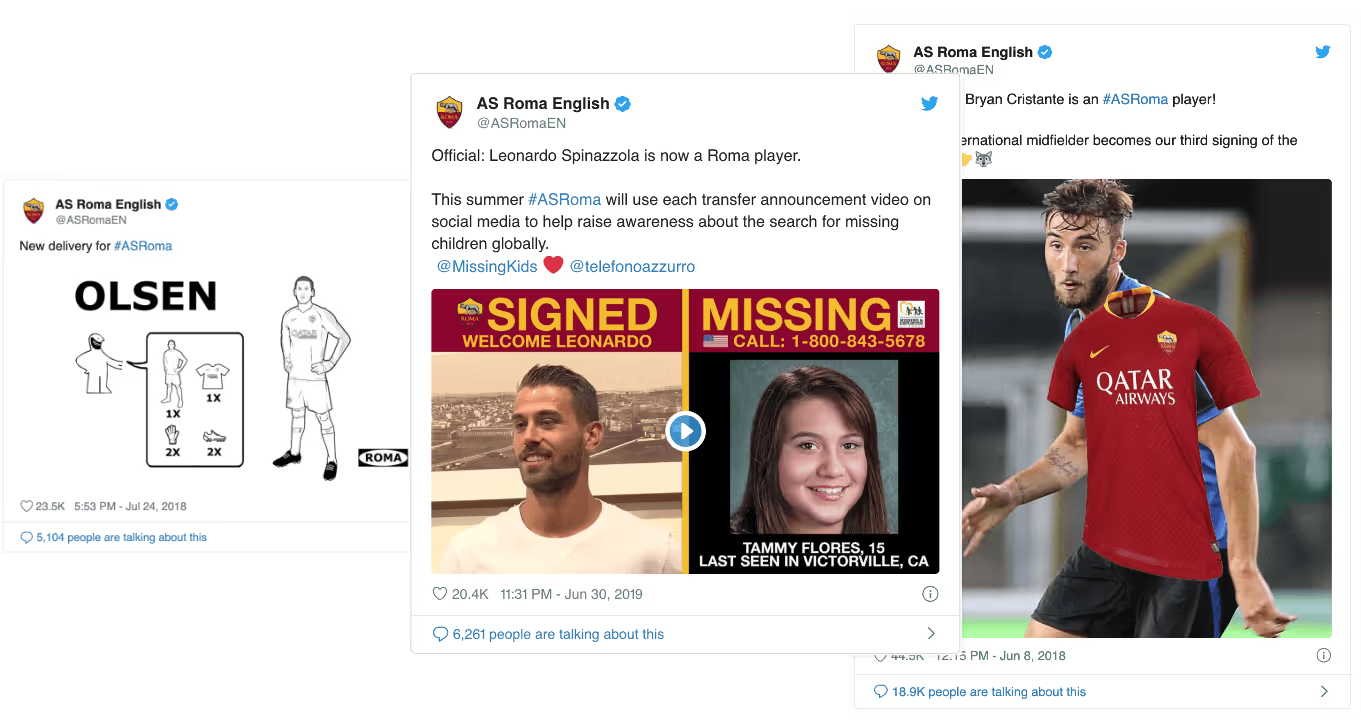All teams want to deliver that ‘unicorn’ digital experience which stands out from the crowd. But an experience which catapults your brand to the forefront of your customers’ (and your competitors’) minds can often feel out of reach. Many teams are constantly reaching for the mythical heights of that single horned namesake with perhaps limited or zero success. Yet often teams have the technical motivation and talent to execute this vision but struggle to deliver the final experience.
Yet, despite its mythical reputation, a unicorn is just a horse with a horn. By themselves, a horse and a horn are not special or unique but, put together in a particular way, they combine to create an attention seeking creature that captivates imaginations.
Transcendent customer experiences (TCEs) can be viewed in the same way. We all use similar tools and codebases, and our employees are often of prodigious talent, yet our products remain a horse in a field of horses.
But why is that? The answer, for me, is threefold. Firstly we must learn from industry leaders and acknowledge the rewards we can reap by encouraging our team to dream big and take intelligent risks. From here we should make sure that the customer experience is true to the brand and all it stands for to have any chance in creating a transcendent customer experience. And, finally, we must critically evaluate our toolbox of customer touchpoints to identify suitable candidates for creating these unicorn experiences.
Creating a unicorn means accepting risk of failure
Outlining risk is a subject few teams broach. But creating a splash requires a jump into the unknown. It’s important to outline the accepted level of risk which the key stakeholders of the project are willing to take. Starting a project with a clear understanding of what failure and success looks like means the project can move forward, whilst accepting an agreed level of failure. Not acknowledging this up front means ideas and execution will regress to the cautious mean. As Ed Catmull, co-founder of Pixar, writes in his seminal Creativity Inc:
While we don’t want too many failures, we must think of the cost of failure as an investment in the future…failure is painful, and our feelings about this pain tend to screw up our understanding of its worth.
- Ed Catmull
To develop radical and expressive work requires risks to be taken, but it’s only by acknowledging the feelings and emotions that accepting these risks may bring that we can ever reach these goals. Teams that are brave enough to face this and embrace it are far more likely to deliver on their lofty ambitions.
Mould the experience in your brand’s vision
Research has shown how traditional TCEs and brand communities can unite to produce more emotionally engaged customers (Schouten, McAlexander, and Koenig 2007) [1] and that has continued as digital became the de facto channel to create modern customer experiences. It’s no mistake that the best digital customer experiences you encounter are delivered by well thought out and consistent brands. Project teams require absolute clarity of vision as to why and for whom they’re building an experience, and that requires teams to stay true to a brand’s values, proposition and audience. Done well, unicorn digital experiences can crop up in unexpected places when they channel an identity which is consistently true to the brand.



